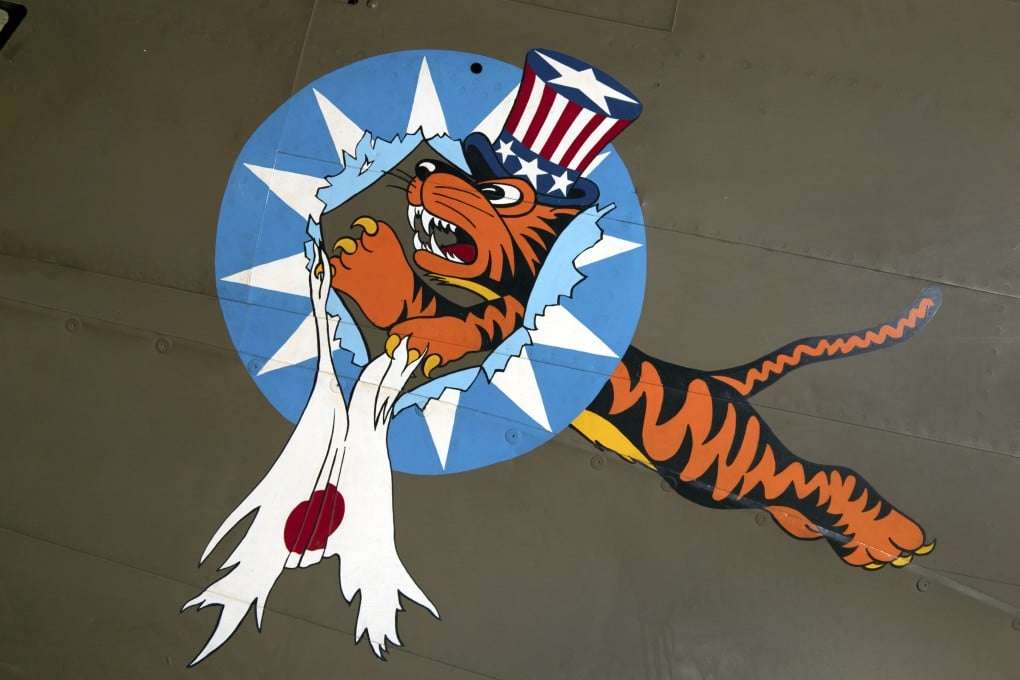How Disney’s Flying Tigers logo became a symbol of China’s fight against Japan during World War II
- Japan’s control of the skies over China during World War II was ended by volunteer allied fighter pilots in planes that bore a feisty feline logo made by Disney

Early March 1942: a squadron of Curtiss-Wright P-40 Warhawk pursuit fighter planes rips across the vast blue skies of the Burma-Yunnan border. The roar is immense, but there are few to hear it.
Below is the long and twisting Burma Road, China’s vital lifeline from the Shan State town of Lashio to Kunming, capital of Yunnan province, and within what is, in 1942, termed “Free China”.
The pilots, a mix of American and British volunteers, have had one mission since their formation in December 1941: to defend China’s skies and prevent Japan from gaining aerial dominance, aiming to shoot down as many planes of the Imperial Japanese Air Force as possible.
These foreign-manned fighters flew across western China to Thailand, Rangoon and deep into French Indochina in pursuit of Nakajimas and Kawasakis.

Their numbers never exceeded 60 airworthy planes, formed into three squadrons, but in their first month of full action they shot down an estimated 90 to 100 Japanese aircraft. They destroyed Japanese fuel dumps and scattered supply truck convoys.
They strafed enemy troop concentrations and forced Japanese bombers to divert from blitzing the embattled Chinese wartime capital of Chongqing.
